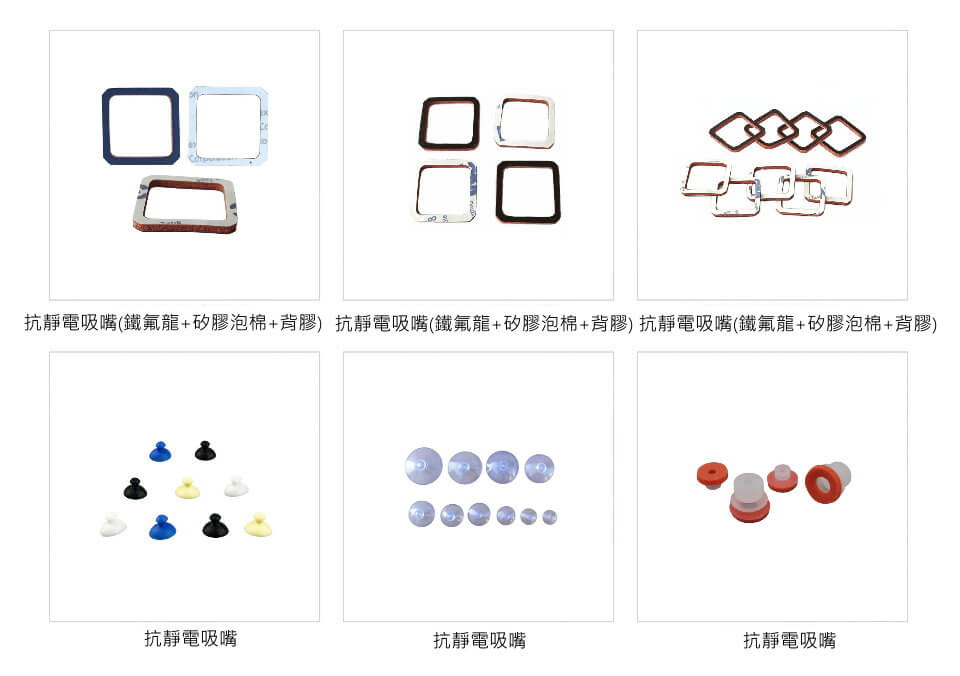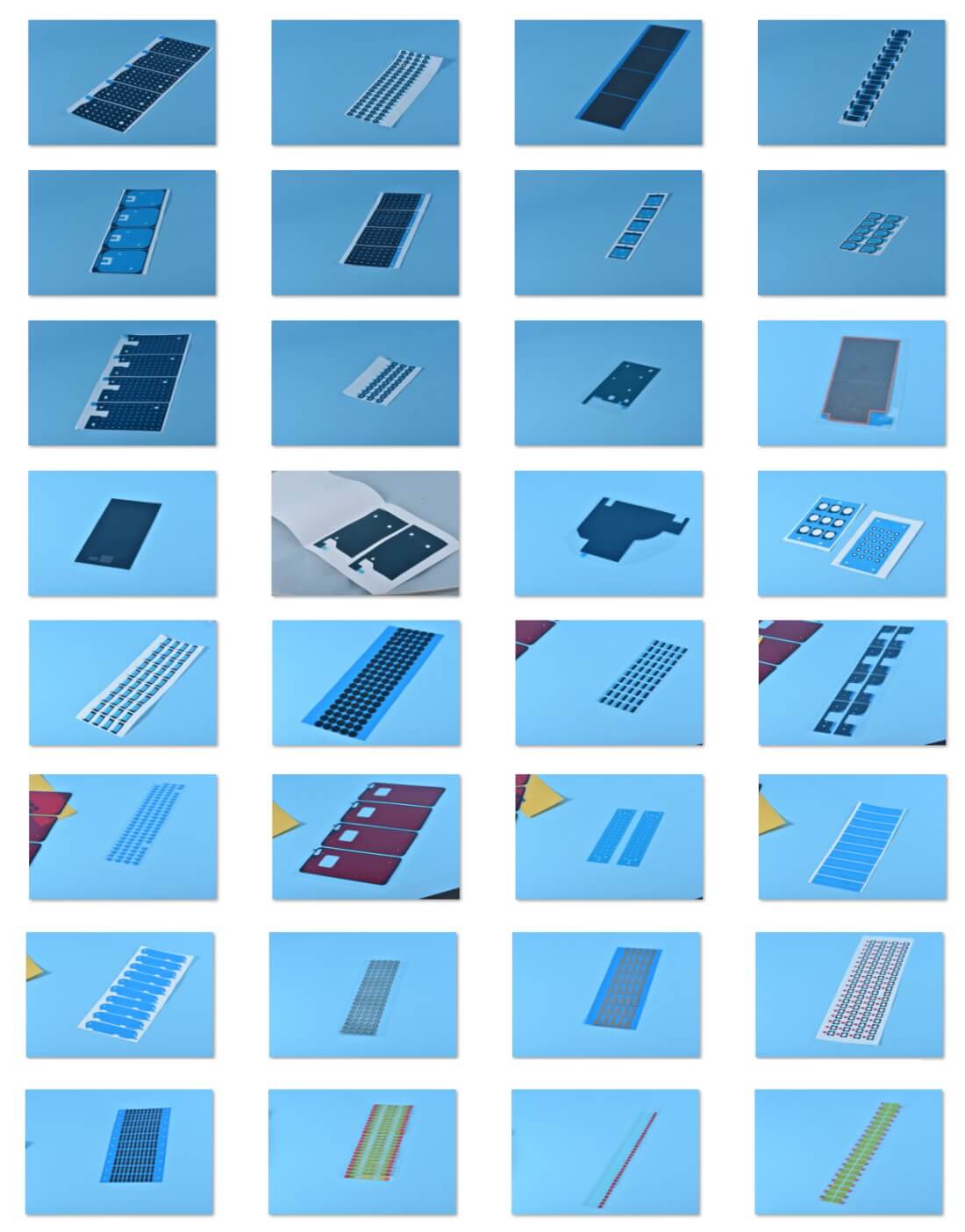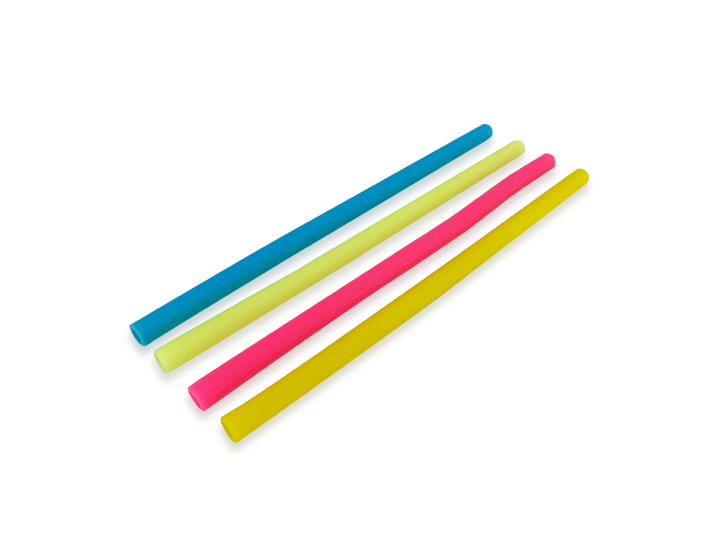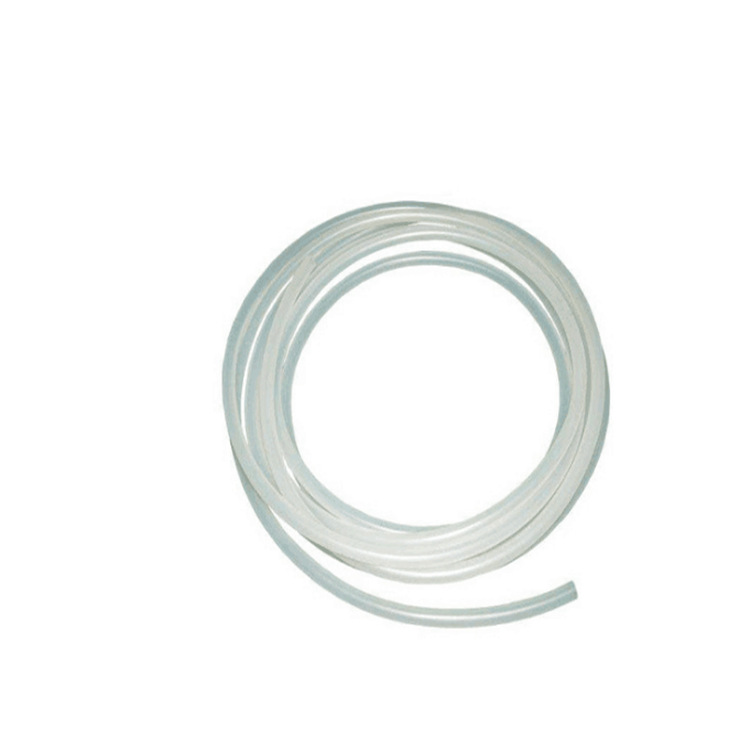As we all know, in the structure of electronic products, protective film die-cutting is an indispensable part of it. Whether it is a mobile phone, a camera or a tablet, a layer of protective film must be attached to protect the product screen before leaving the factory.
The transparency, flatness and cleanliness of the protective film affect consumers’ impression of electronic products. A good quality protective film will also enhance the external image of electronic products. Therefore, the die-cutting factory has strict requirements on the protective film produced.
Selection of protective film material
When producing protective films, there are a few things to pay attention to in the selection of materials. First of all, it is necessary to select materials that are more suitable for printing and die-cutting on the basis of meeting customer requirements, such as good scratch resistance, good ink adhesion, and not easy to nourish ink.
Environmental control of protective film production
There are two key points in the quality control of protective film products, which are to avoid scratches and dirt. In order to meet these two requirements, we must first have a good production environment. The die-cutting factory is equipped with an independent dust-free purification workshop for the production of protective film. Dust-free purification workshop, also called clean workshop, or clean room, refers to the removal of particulates, harmful air, bacteria and other pollutants in the air within a certain space, and control the indoor temperature, cleanliness, pressure, airflow velocity and airflow distribution, noise vibration and lighting, and static electricity within a certain range of requirements with a specially designed room. No matter how the external air conditions change, it is required that the previously set parameters such as cleanliness, temperature, humidity and pressure can be maintained in the dust-free purification workshop. According to the needs of the production products, the cleanliness of the dust-free purification workshop has different levels of 100, 1,000, 10,000, 100,000, and 300,000.
In the dust-free purification workshop, under dynamic conditions, the biggest source of bacteria and dust is the operator. Therefore, before the operator enters the dust-free purification workshop, he must wear clean clothes and shower with clean air for 15 seconds in the air shower to remove the dust particles attached to the surface of the clothes.
Protective film printing process control
Most plastic films (such as polyolefin films) are non-polar polymers with low surface tension, generally 29 to 30 mN/m. Theoretically, if the surface tension of an object is lower than 33 mN/m, the currently known inks and adhesives cannot be firmly attached to it, so corona treatment is required on the surface. The material of the protective film is mostly polyolefin, which needs to be corona treated before printing. Usually, the corona power is 4.0W and the speed is 30m/min. After corona, it is required to print on the machine within 5 minutes, and if it exceeds 10 minutes, it needs to be corona again before it can be put on the machine.
During the printing process, since the protective film material will be in contact with the embossing roller, friction will cause scratches on the surface of the material. Therefore, it is necessary to wrap all the embossing rollers in contact with the protective film with a clean and soft layer. As we all know, in the composition of electronic products, the protective film is an indispensable part of it, whether it is a mobile phone, a camera or a tablet computer, a layer of protective film must be attached before leaving the factory. Attach a layer of protective film to protect the product screen. The transparency, flatness, and cleanliness of the protective film affect consumers’ impression of electronic products. A good quality protective film will also enhance the external image of electronic products. Therefore, the die-cutting factory has strict process control on the production of protective film products.
Protective film die-cutting process
After the protective film is printed, a circular knife die-cutting machine should be used for die-cutting. During the die-cutting process, attention should be paid to avoid scratches and ink disintegration. There is a phenomenon that there is no ink locally.
The main reason for ink disintegration during the die-cutting process is that the adhesion of the ink and the protective film is not strong enough. When the edge of the die-cutting product is separated, the ink layer and the protective film will be separated, resulting in jagged edges. Therefore, after printing the protective film, the adhesion fastness of the ink should be checked to ensure that the ink adheres well before die-cutting. In addition, when the thickness of the ink layer is too thick, the phenomenon of ink collapse will also occur.
There are many reasons for easily causing scratches in the die-cutting process. The most common one is the uneven rotation of the nip roller, which causes the material and the nip roller to slide relative to each other and cause scratches. Therefore, the rotation of the nip roll should be checked before die cutting to ensure that the nip roll in contact with the material rotates flexibly. In addition, foreign objects on the nip roller will also scratch the protective film, and there will be smudge marks. Therefore, before die-cutting, use a clean cloth dipped in alcohol to wipe the nip roller ensuring that the surface of the nip roller is clean and free of obstacles.
The die-cut shape of the protective film is generally designed according to the customer’s drawing requirements, mainly according to the screen size of the customer’s mobile phone product, usually a rectangle with rounded corners, and a handle at the lower right corner of the rectangle. The handle is printed on the back, and then covered with a layer of PET film, which is convenient for customers to assemble and remove the protective film from the screen. Various shapes of protective films are die-cut with round knives, but the number of round knives that need to be used will increase if the process is complicated. For example, the protective film that needs to be attached to the handle needs to use two round knives, one to cut the handle and the other to cut the shape.
Protective film packaging process control
After the protective film is die-cut, it is usually in a roll shape. When packaging, it is first cut into single pieces, and each 500 pieces are packaged in a group. When packaging, wrap the protective film with wrapping film first, and then put it into a plastic bag. The main concern during packaging is cleanliness, so the operator is required to wear finger cots for manual operation. For example, if there was a protective film product that needed to be manually attached to the handle later, it would require the operator to attach the handle to the exact position of the protective film tape, and to ensure that the product cannot be dirtied or have obstacles. All the above processes are required to be completed in a dust-free purification workshop.
The mobile phone protective film seems simple, and the production process is not complicated, but the requirements for each link are relatively strict. In general, always pay attention to cleanliness and avoid bending and scratching the protective film. It is the above-mentioned details that determine the grade of the product.
達豐正業為專業矽膠工廠、矽膠公司,專注在矽膠製品的製造、推廣應用上。生產流程通過嚴格的ISO9001國際質量體系Authentication和TS16949國際質量管理體系Authentication。所產製出的矽膠商品通過 ROHS,LFGB,FDA,ISO9001等Authentication。以下介紹達豐正業矽橡膠模切車間:
01-風淋室

02-模切圓刀機

03-模切-圓刀

04-模切生產車間

05-模切平刀線

06-模切檢測平台

矽膠吸嘴

模切,背膠產品

文章來源:達豐正業





